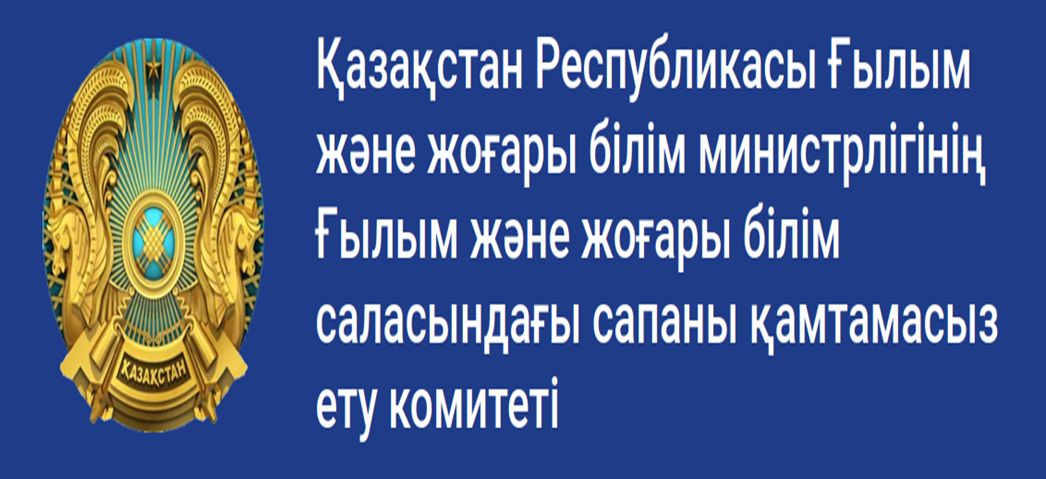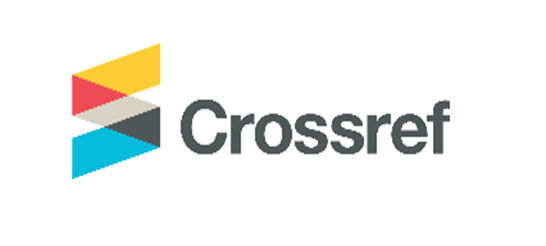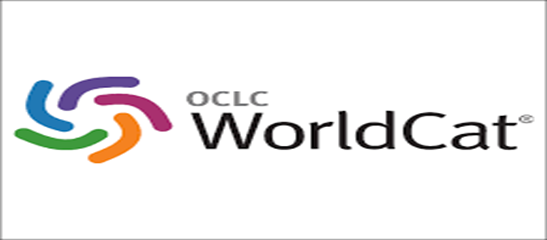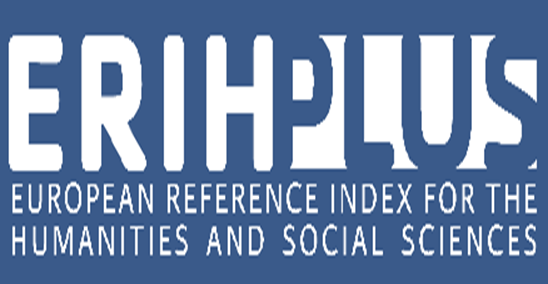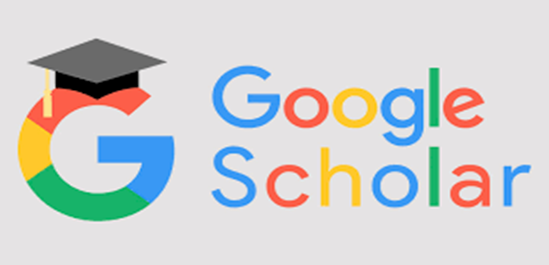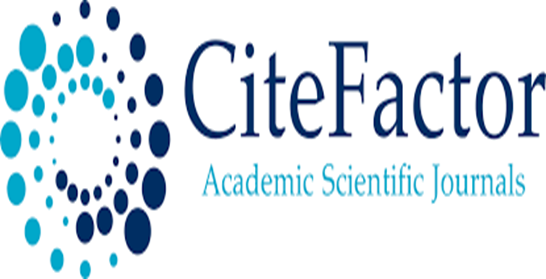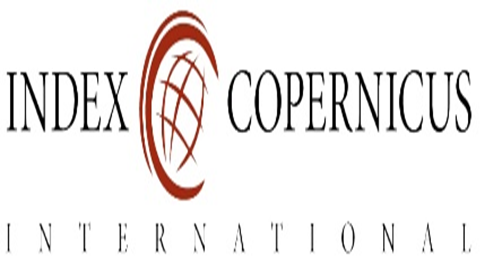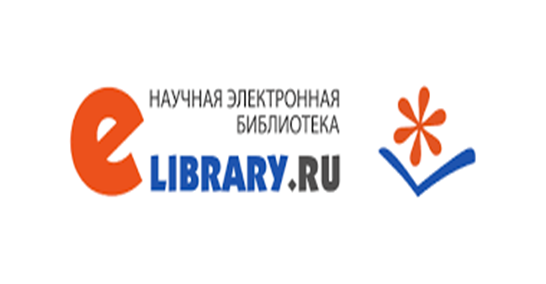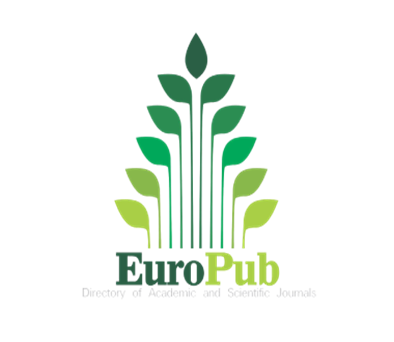История развития тюркского алфавита
Просмотры: 339 / Загрузок PDF: 286
DOI:
https://doi.org/10.32523/2664-5157-2023-1-49-59Ключевые слова:
письменность, культура, руника, алфавит, история письменности, тюркские народы, степные кочевники, древнеуйгурское письмоАннотация
Степные кочевники, преимущественно тюркского происхождения, сыграли значительную роль в политическом, историческом и культурном росте различных систем. Развитие культуры лучше всего можно продемонстрировать через ее систему письма. Было проведено исследование, чтобы оценить, насколько потомки степных кочевников восприняли это культурное явление и способствовали его развитию. Отсюда большое значение имеет рост письменной культуры тюркских народов, включая ее различные этапы, географическое распространение и практическое использование. В нашем исследовании мы сосредоточились на разных этапах развития тюркской письменной культуры. Мы представили краткую историю используемых письменных форм, их происхождение и предназначение, а также проиллюстрировали их конкретными примерами с помощью различных письменных артефактов.
Наш акцент был сделан на работах исследователей, которые анализировали образцы письма, представили свои взгляды на историю письма, его популярность и роль системы письма в языке. Поэтому мы попытались расположить используемые тюрками системы письма в
хронологическом порядке и выявить межкультурные связи между этими системами письма. Наше исследование продемонстрировало готовность тюркских народов принять различные культурные явления, в том числе множественные религиозные и письменные системы, а также их способность адаптироваться к новым идеям и достижениям. Изучая эти системы письма, мы попытались оценить положение тюркских народов, оставивших многочисленные исторические, культурные, лингвистические и религиозные записи в мировой письменной культуре.
Скачивания
Литература
Аманжолов А.С., 2010. История и теория древнетюркского письма. Алматы: Мектеп. 368 с.
Гельб И.Е., 1982. Опыт изучения письма (Основы грамматологии) / пер. с англ. Л.С. Горбовицкой, И.М. Дунаевской; ред. и предисл. И.М. Дьяконова. Москва: Радуга. 366 с.
Жолдасбеков М., Сартқожаұлы Қ., 2005. Орхон ескерткіштерінің толық атласы. Астана: Күлтегін. 359 б.
Иоганнес Ф., 1979. История письма. Москва: ГРВЛ. 464 с.
Клосон Г., 1986. Происхождение тюркского рунического алфавита. Зарубежная тюркология. С. 136-157.
Лоукотка Ч., 1950. Развитие письма. Москва: Иностранная литература. 319 б.
Молдабай Т., 2016. Көне түрік таңбалар мен идеограммалардың семантикалық түрленуі және түрік бітіг жазуының дамуы. Хабаршы. Л.Н.Гумилев атындағы ЕҰУ-нің ғылыми жураналы. 3. Б. 114-120.
Молдабай Т., 2021. Жазба мәтіндер негізінде көне ұйғыр әліпбиінің қолданылуындағы еркешеліктер. Turkic Studies Journal. 4. Б. 44-52.
Шаймердинова Н.Г., Молдабай Т. и др., 2017. Происхождение и функционирование рунической письменности. Астана: Alau Group & Co. 145 с.
Шаймердинова Н.Г., Молдабай Т. и др., 2014. Қыпшақтар: тарих пен тіл (армян-қыпшақ ескерткіштері негізінде). Астана: Сарыарқа. 228 б.
Coulmas F., 2006. Encyclopedia of Writing Systems by Florian Coulmas. Wiley-Blackwell. 603 р.
Hatice Ş.U., 2006. Başlanğıcından günümüze türk yazı sistemleri. Ankara: Akçay Yay. 408 р.
Lundysheva O., Maue D., Wille K., 2021. Miscellanea in the Brāhmī Script from the Berezovsky and Krotkov Collections (IOM, RAS) with an Appendix: ВФ-4190. Written Monuments of the Orient. 7. 1(13). Р. 3-70.
Turanskaya A., 2020. Newly Discovered Dunhuang Fragments of «Śatasāhasrikā Prajnāpāramitā» in the Collection of the IOM, RAS. Written Monuments of the Orient. 1(11). Р. 88-102.






